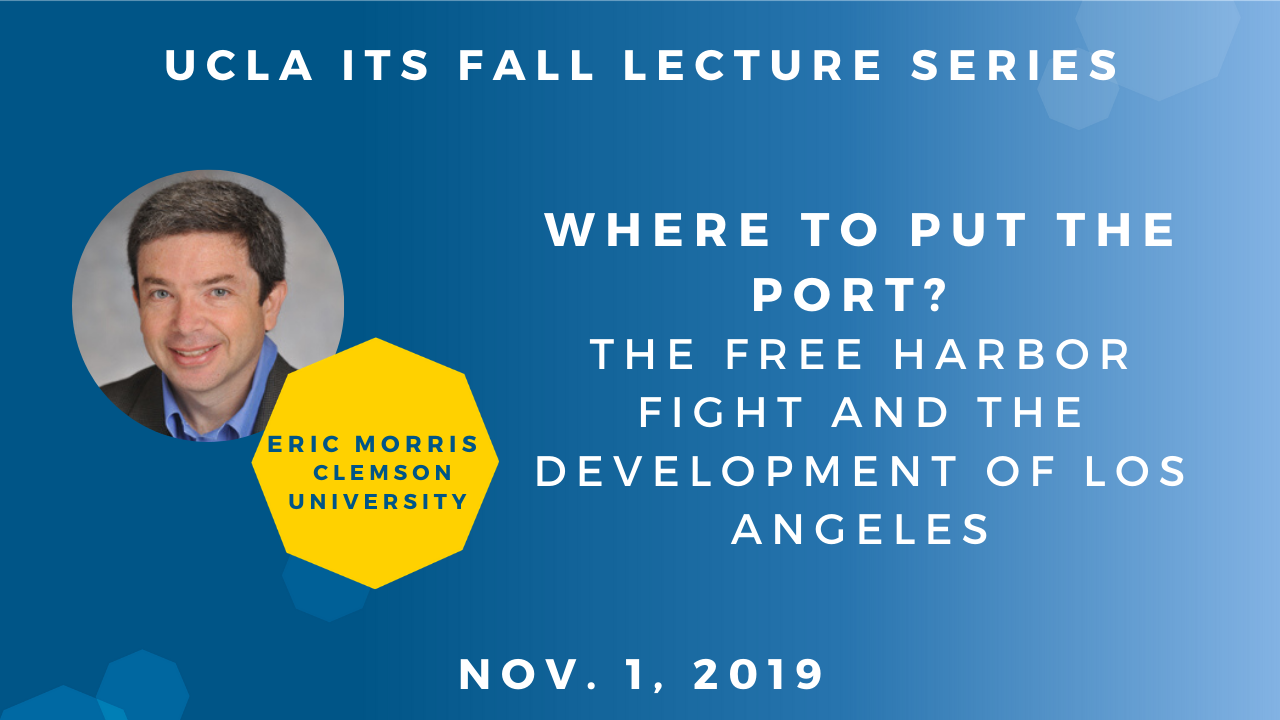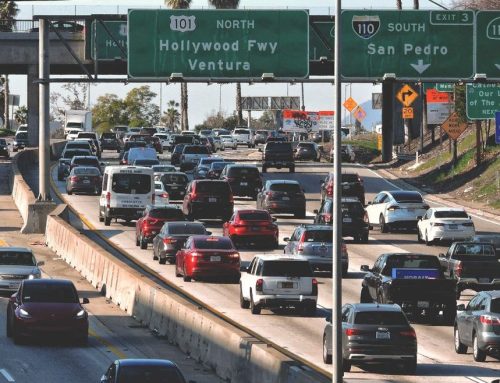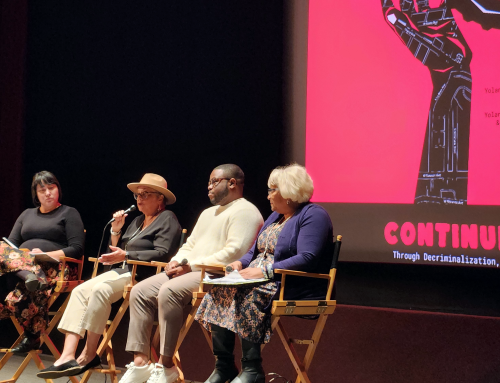Where to situate the port became a decisive moment that impacted the development of Los Angeles, according to Eric Morris, who spoke on the subject Nov. 1.
Morris, an associate professor of city and regional planning at Clemson University, gave a lecture that focused on the “Free Harbor Fight,” which involved a legal battle in the late 19th century over where to situate the Los Angeles port. Morris’ talk is part of a six-part lecture series by UCLA ITS.
Morris began with an overview of the Port of LA, located in San Pedro, and described why the natural conditions of the land were not ideal for a port. Because of these challenges, many notable landowners in LA — including Collis P. Huntington, the owner of Southern Pacific Railway — tried to push for the city to convert Santa Monica into its main port. However, those in favor of keeping the port in San Pedro eventually won. As a result, Santa Monica reinvented itself as a wealthy resort and leisure spot, while San Pedro — and later Long Beach — became increasingly industrial.
According to Morris, this decisive moment impacted the entire future of LA’s development. LA’s wealthy westside neighborhoods (Beverly Hills, Holmby Hills, Brentwood) sprouted along the route from downtown Los Angeles to Santa Monica, while more working-class communities (South Los Angeles, Watts, Compton) were situated in the direction of the ports. Had Los Angeles chosen Santa Monica as its port, the city could have looked completely different.
Today, Los Angeles is the third-largest container port in the world and the largest along the West Coast — a feat accomplished without natural resources to support it.





